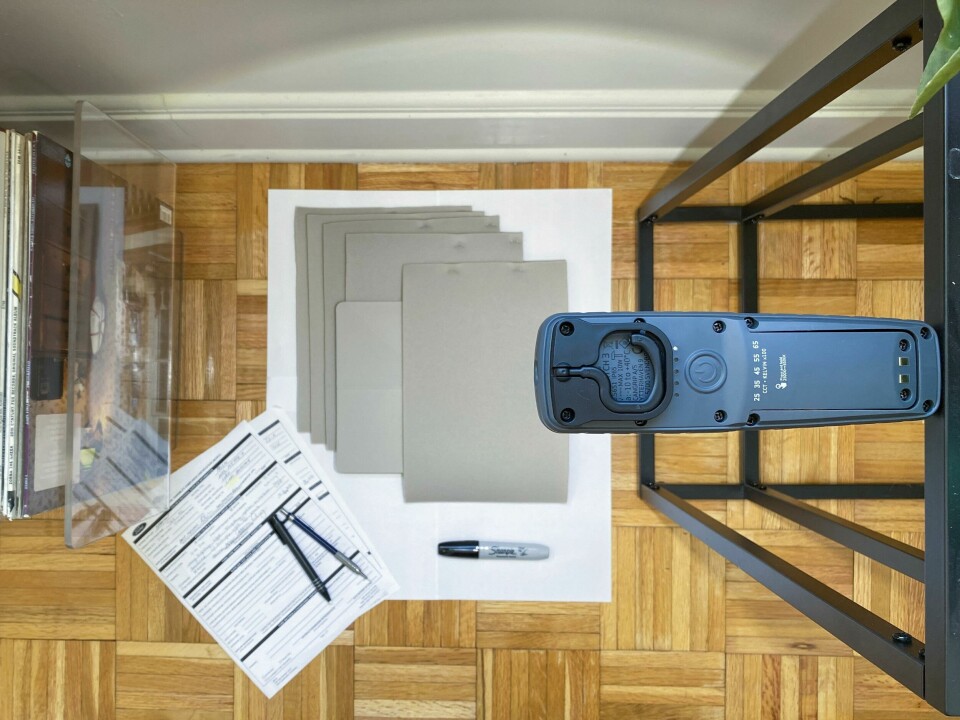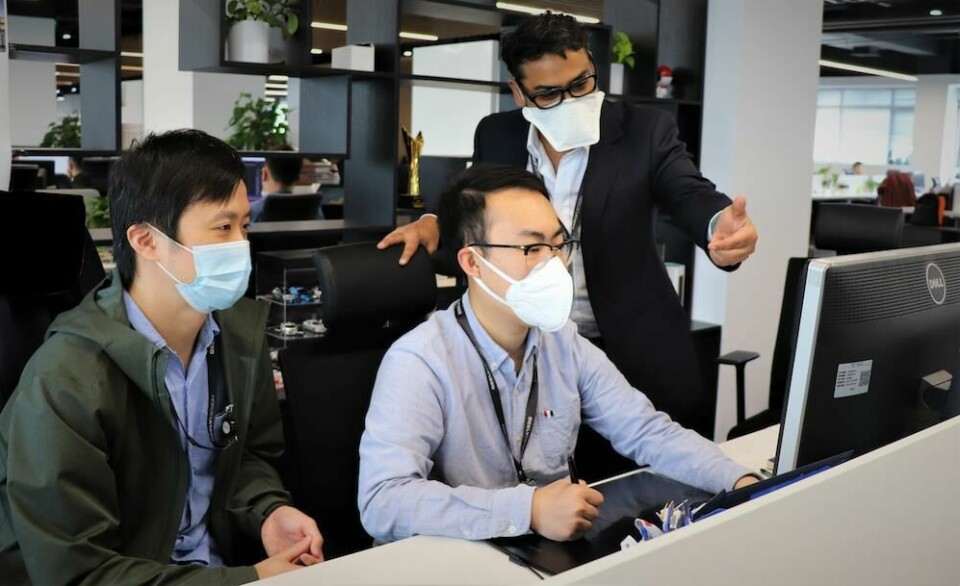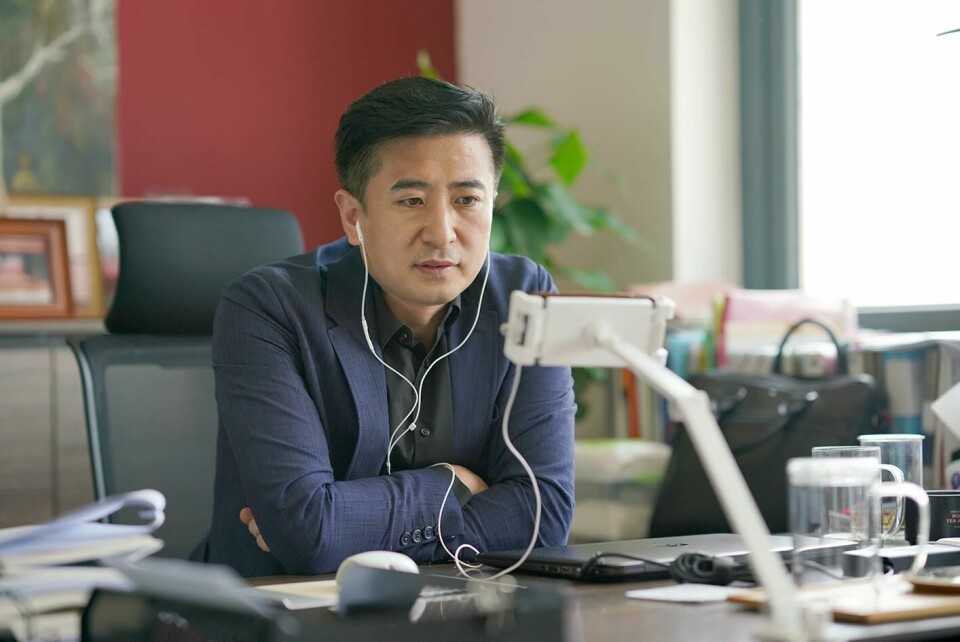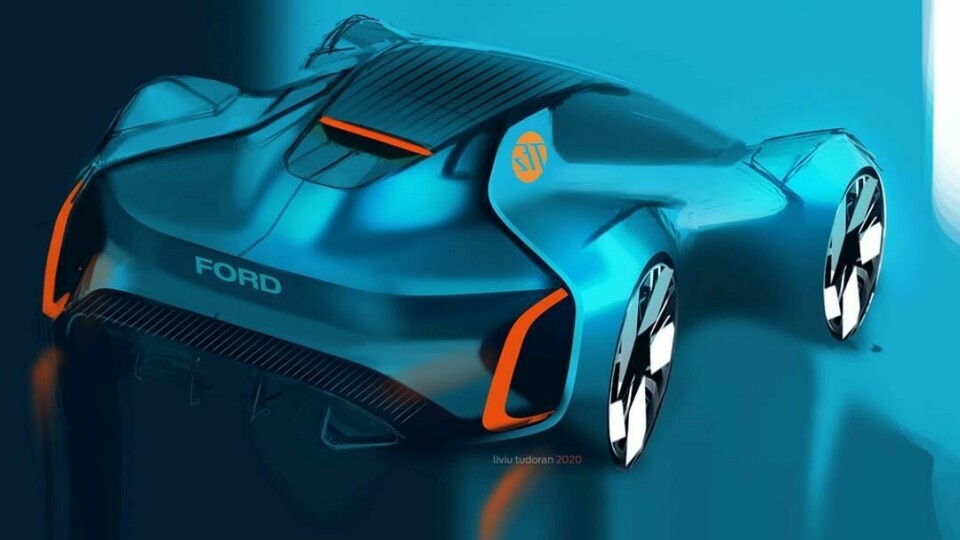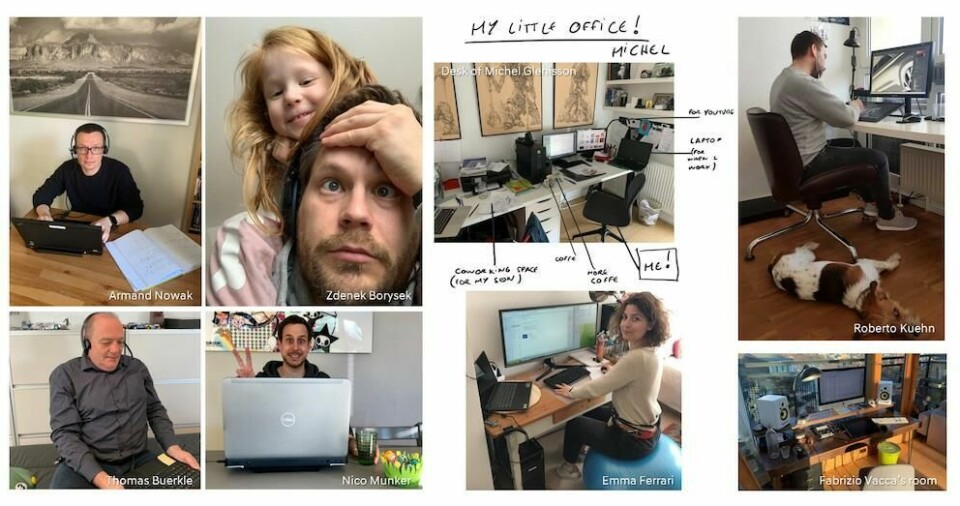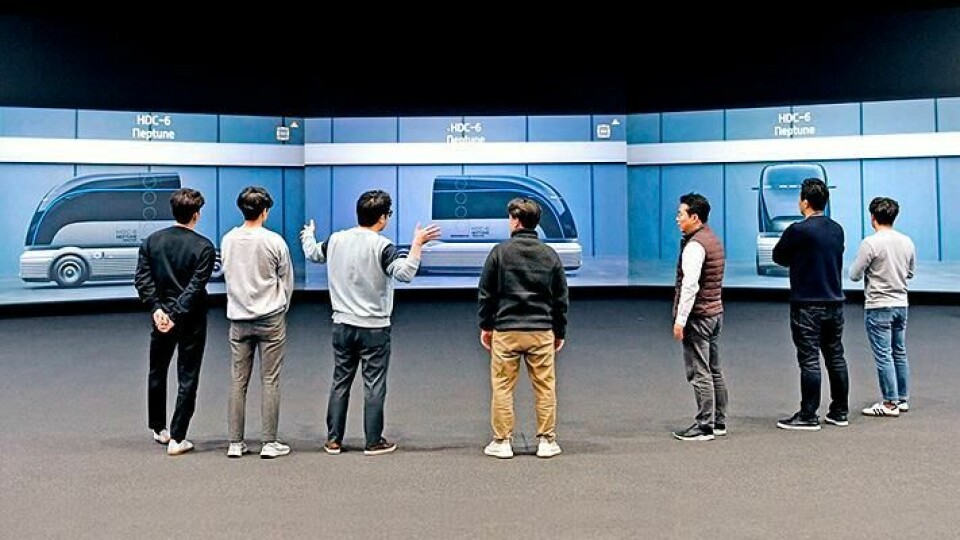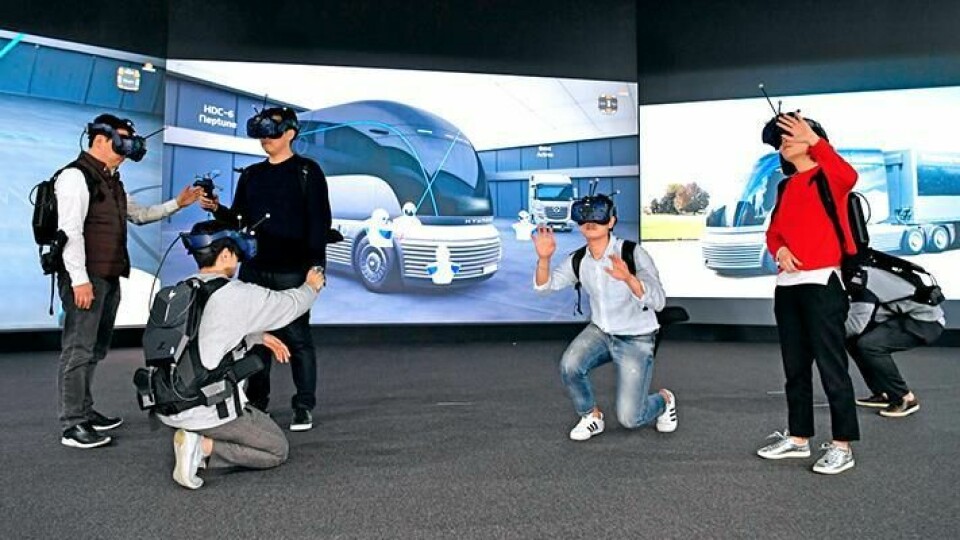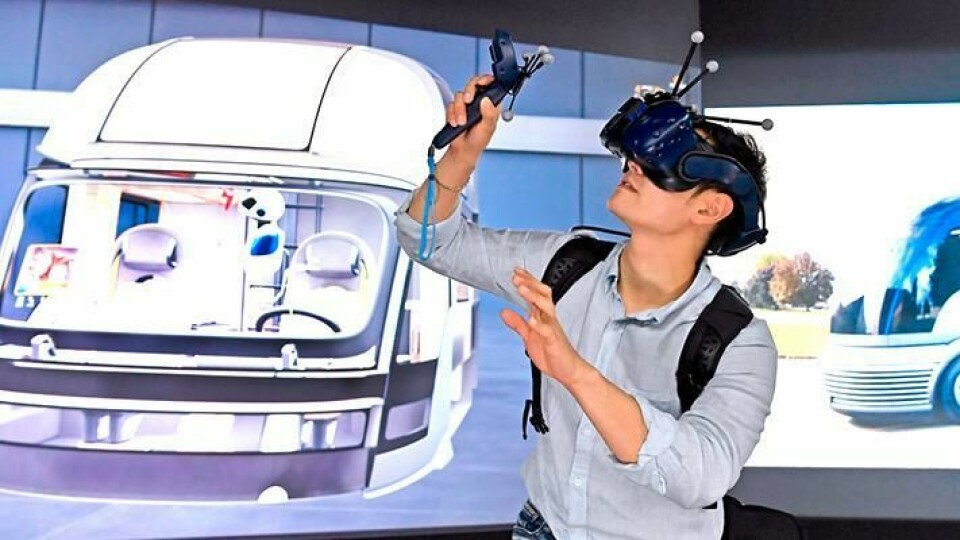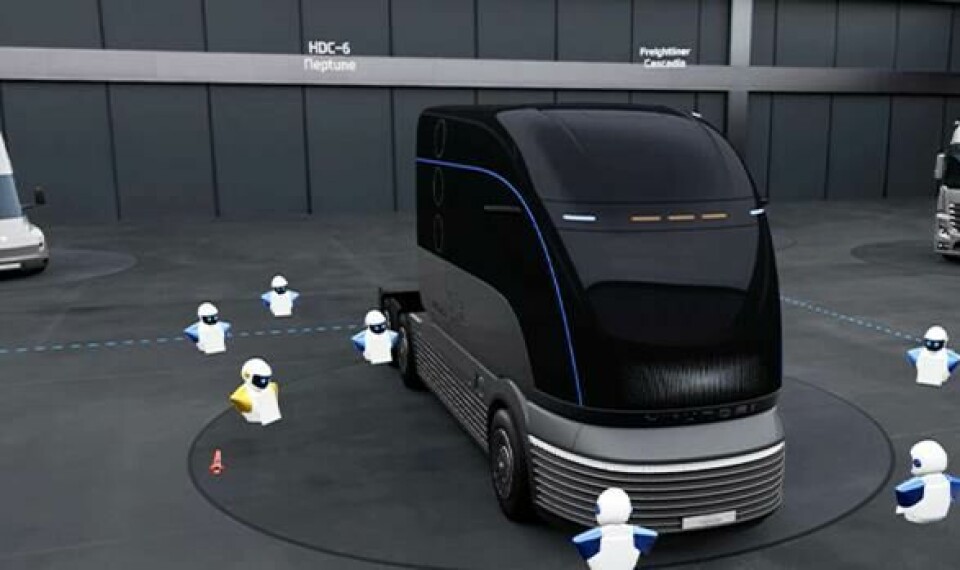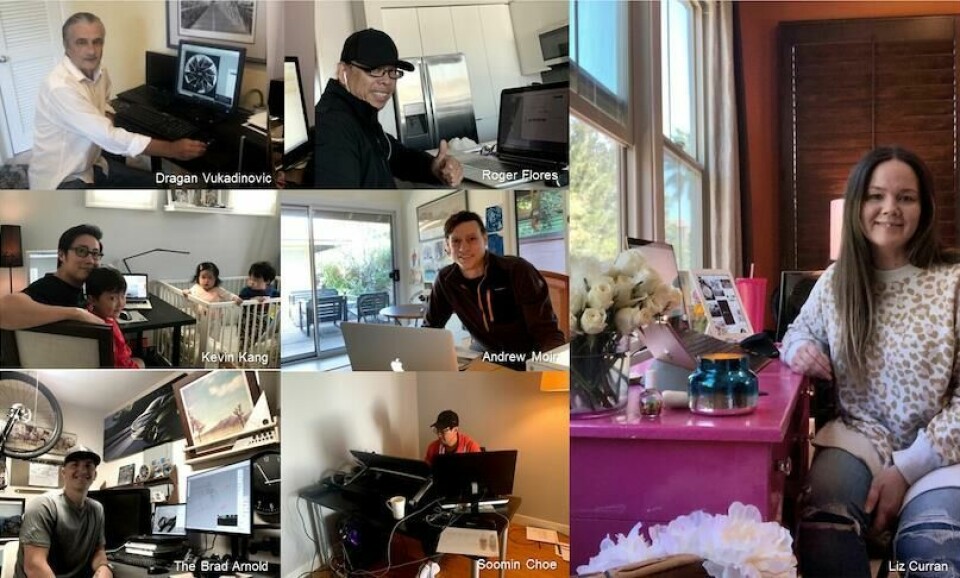
How to do car design remotely – Hyundai and Genesis
The Coronavirus pandemic has changed the way in which millions of people around the world are living and working. The automotive industry is scrambling to adapt, and while some areas such as manufacturing have come to a halt, the latest digital tools could theoretically allow car designers to keep going.
In this series of short articles, Car Design News talks to the world’s leading designers about virtual car design, the challenges and the possibilities.
SangYup Lee, head of Genesis and Hyundai Global Design Center and Simon Loasby, head of Hyundai Styling Group at Hyundai Design Center in Korea, describe how their teams are currently working.
How to do car design remotely – Hyundai and Genesis
The Hyundai design process is driven by data, so it can almost all be done remotely. The most crucial factor is that all hardware and licenses are de-centralised. If the Cloud service is fast enough and secure then we don’t need localised data. This is an important time for us to directly validate the efficiency and effectiveness of Data Driver Design (DDD), which we’ve been pursuing as our vision, to see how much cost and time can be saved in the real world.
We were quite well prepared to take on the challenge of working remotely. We have been holding multi-user wireless immersive virtual reality presentations and reviews since 2017. These are now part of our standard working and presentation process. They are fast, allow for immediate ‘3D’ feedback, enable the review of many more alternative solutions and typologies, and of course they save costs and time associated with physical model manufacturing.
As part of this we have remote location virtual reality presentations so our colleagues are walking around the virtual world interacting with us, reviewing together, even though we are continents apart. We are designing in the most efficient way without travelling and with the time differences and space contraints.
There are, however, some challenges. The preparation and completion of large scale, 1:1 physical models, as well as milling and hand work, are still essential parts of the process which cannot be completed at home. Fortunately, having a global network of studios – 11 in total across Hyundai and Genesis – means we are able to undertake physical modeling in the studios in areas that are “past the problem”.
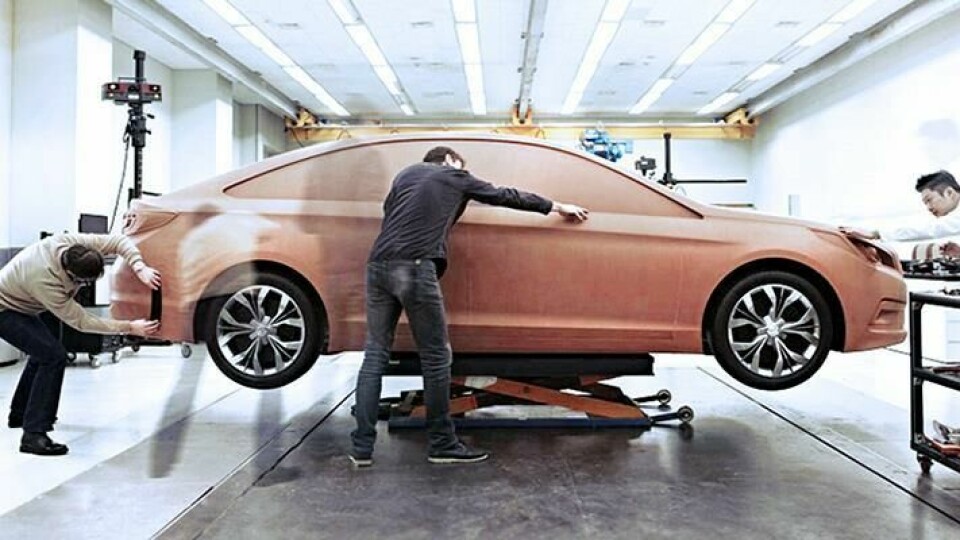
So currently our studios in Korea and China are absorbing the physical modeling workload, but the data for those models is being prepared around the world and around the clock. We have teams working on data sets that are passed from one studio to another at the end of each day.
Communication is absolutely key. We must ensure face-to-face contact is now done digitally, which is easy with today’s technology. If I were to give a tip for design teams that are attempting to work remotely, I would suggest that they focus on communication. Also, they need to find a way to review 1:1 physical properties (clay and cubing models). Without this they will undoubtedly miss potential improvements.
